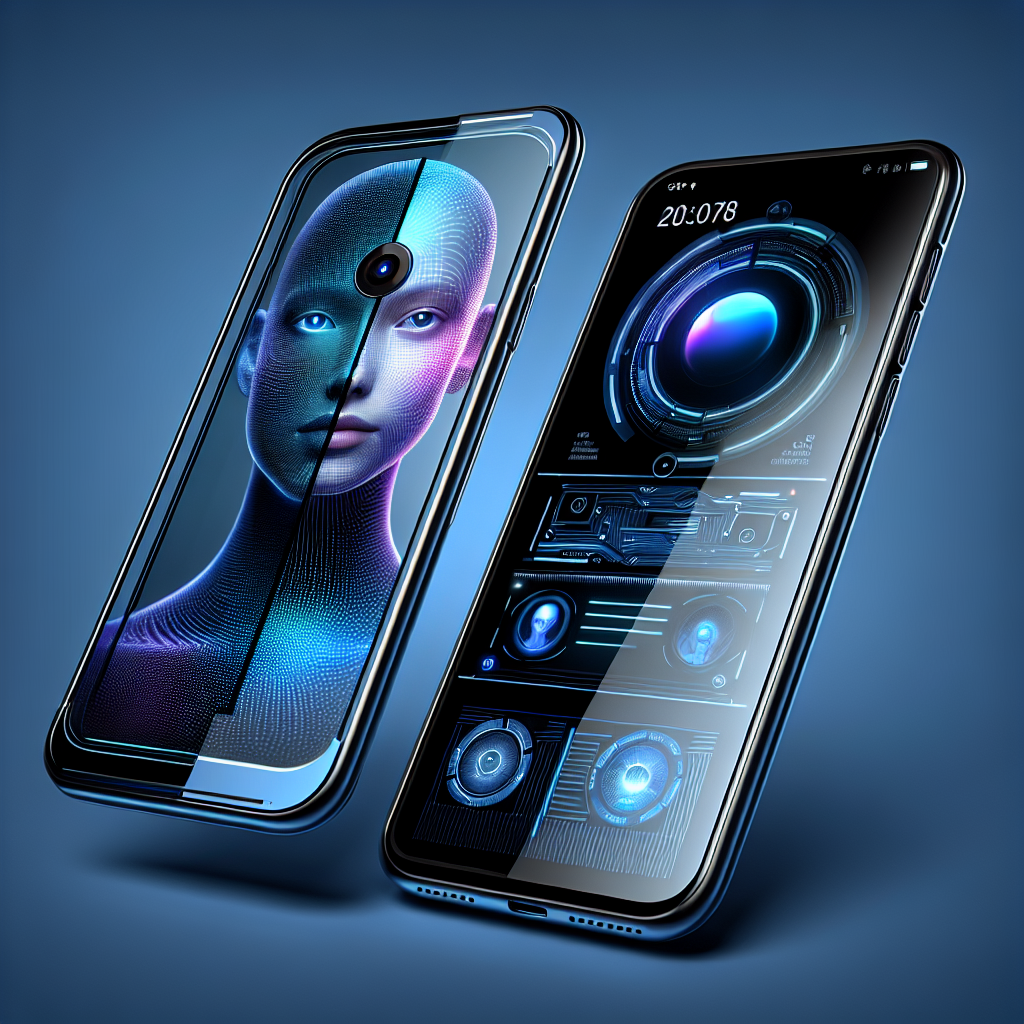The Prospective iPhone: Selfie Camera and Face ID Beneath the Display by 2027
The Advancement of iPhone Display Technology
Apple’s creative momentum continues as speculations indicate that the iPhone 20 Pro, anticipated in 2027, will incorporate a selfie camera and Face ID sensor hidden under the display. This represents a notable departure from the conventional notch or hole-punch designs that have defined iPhones thus far. The innovation promises a flawless screen experience, boosting both aesthetics and functionality.
The Path to Under-Display Technology
For many years, Apple has led the charge in smartphone innovation, establishing industry benchmarks with every new release. The shift to under-display cameras mirrors a wider industry trend, with numerous Android devices already testing this technology. However, these preliminary efforts frequently led to subpar camera performance. Apple’s foray into this domain suggests a commitment to refining the technology to guarantee exceptional visuals and dependable Face ID operation.
Hurdles and Innovations
The central challenge with under-display cameras involves preserving the image quality and Face ID verification. Current technology necessitates an unobstructed view for peak performance, which has resulted in the common adoption of notches and hole-punch designs. The speculated 2027 Apple design aspires to navigate these obstacles, potentially establishing a new standard for the sector.
Industry Insights and Forecasts
Industry analysts have been forecasting Apple’s transition to under-display technology for several years. In 2025, reputable sources like Ross Young from Counterpoint Research anticipated that under-display Face ID might make its debut in 2026. This aligns with the expectation that Apple is diligently perfecting the technology to fulfill its stringent quality requirements prior to launch.
The Competitive Arena
While Apple is set to make a considerable advancement with under-display technologies, Android manufacturers have been investigating similar innovations. The crucial differentiator will likely be the caliber and dependability of the camera and sensor performance. Apple’s legacy of integrating avant-garde technology with user-centric design affords it a competitive advantage in potentially establishing new benchmarks for under-display features.
Summary
The expected introduction of a selfie camera beneath the display and Face ID in the iPhone 20 Pro signifies Apple’s dedication to innovation and user satisfaction. As the technology evolves, it promises to provide both aesthetic and functional advantages, enriching the overall smartphone experience. This development could significantly reshape industry benchmarks, prompting competitors to further innovate.
Q&A Session
Q1: What are the anticipated advantages of under-display technology in iPhones?
A1: The main advantage is an uninterrupted display devoid of notches or holes, allowing for a seamless screen experience. Furthermore, it promises enhanced aesthetics and potentially better use of screen real estate.
Q2: How does under-display technology influence camera quality?
A2: In the beginning, under-display cameras in other devices have faced challenges regarding image quality. Nevertheless, Apple aims to refine this technology to guarantee excellent visuals and trustworthy Face ID operation.
Q3: Why hasn’t Apple executed under-display cameras earlier?
A3: Apple has probably postponed implementation to ensure the technology aligns with their quality expectations, focusing on improving image quality and sensor dependability before the market introduction.
Q4: How does Apple’s strategy compare to that of Android manufacturers?
A4: While various Android devices already incorporate under-display cameras, Apple’s focus on quality and user experience may establish a new reference point, despite entering the market later.
Q5: What consequences will this have for the smartphone industry?
A5: Apple’s embrace of under-display technology might drive other manufacturers to innovate further, potentially resulting in widespread enhancements in display technology across devices.